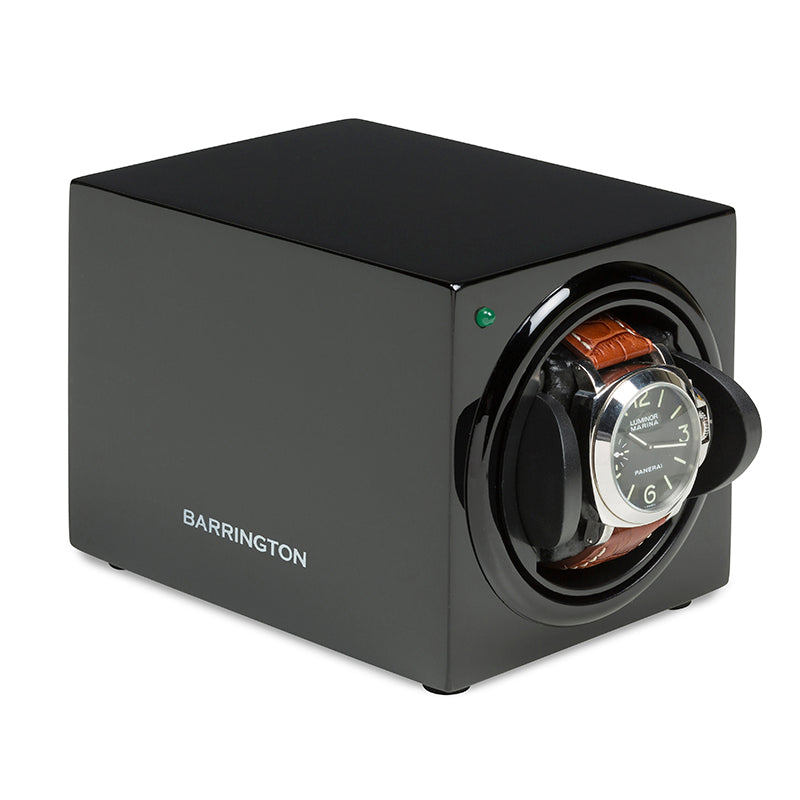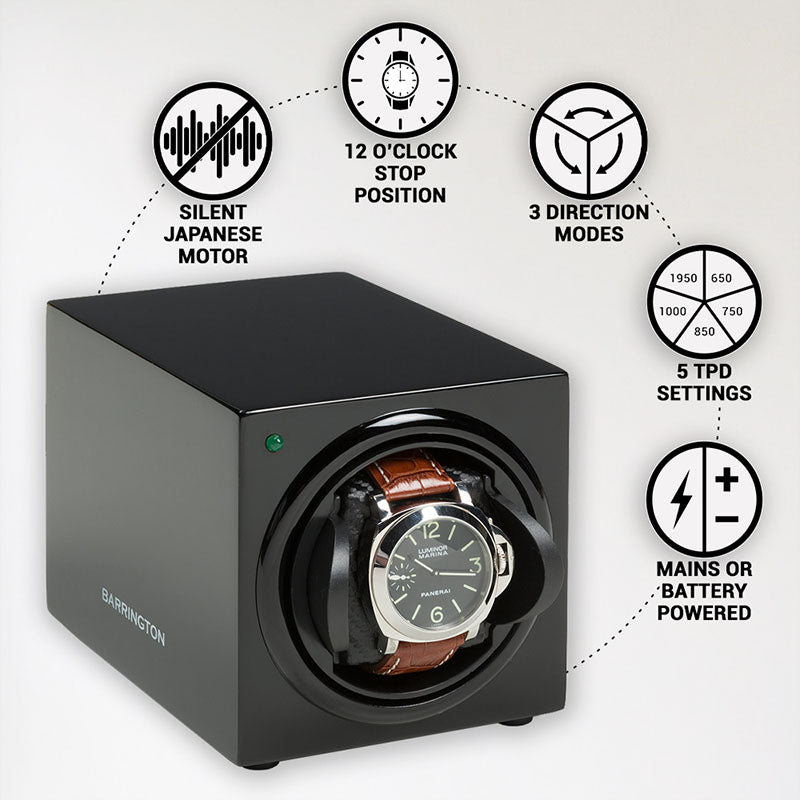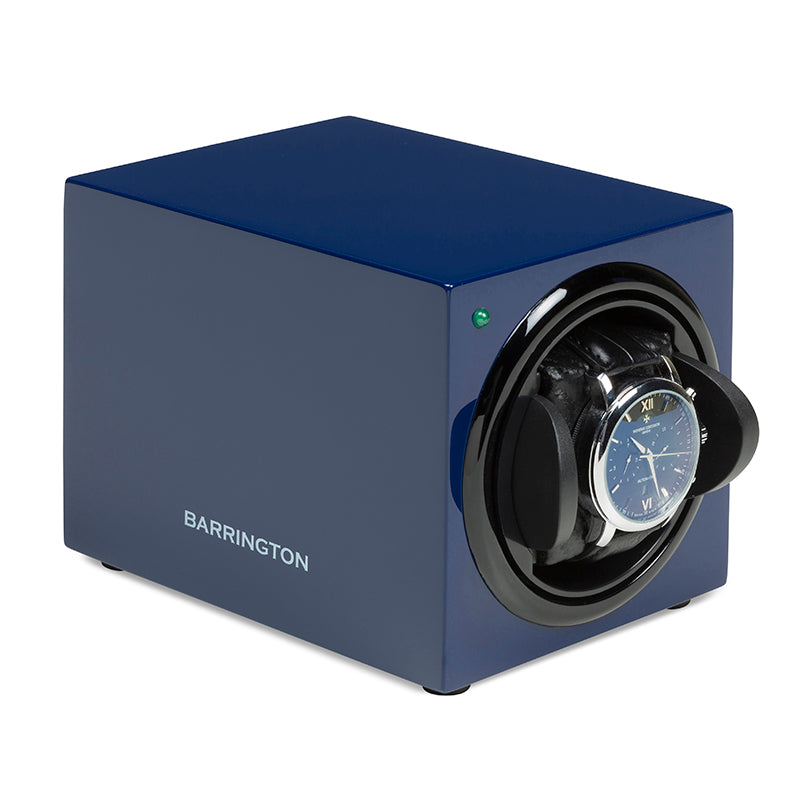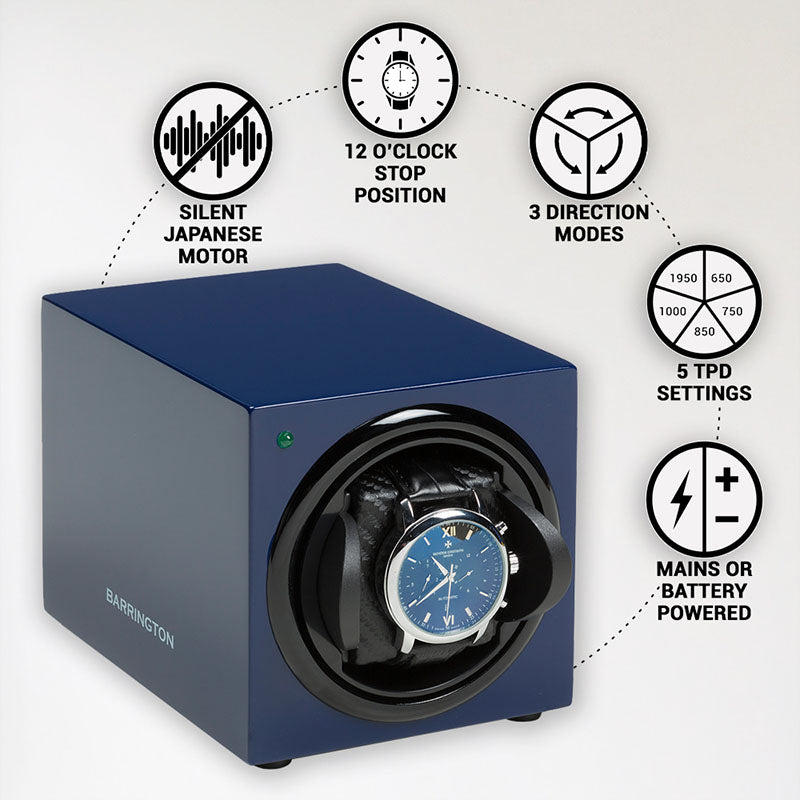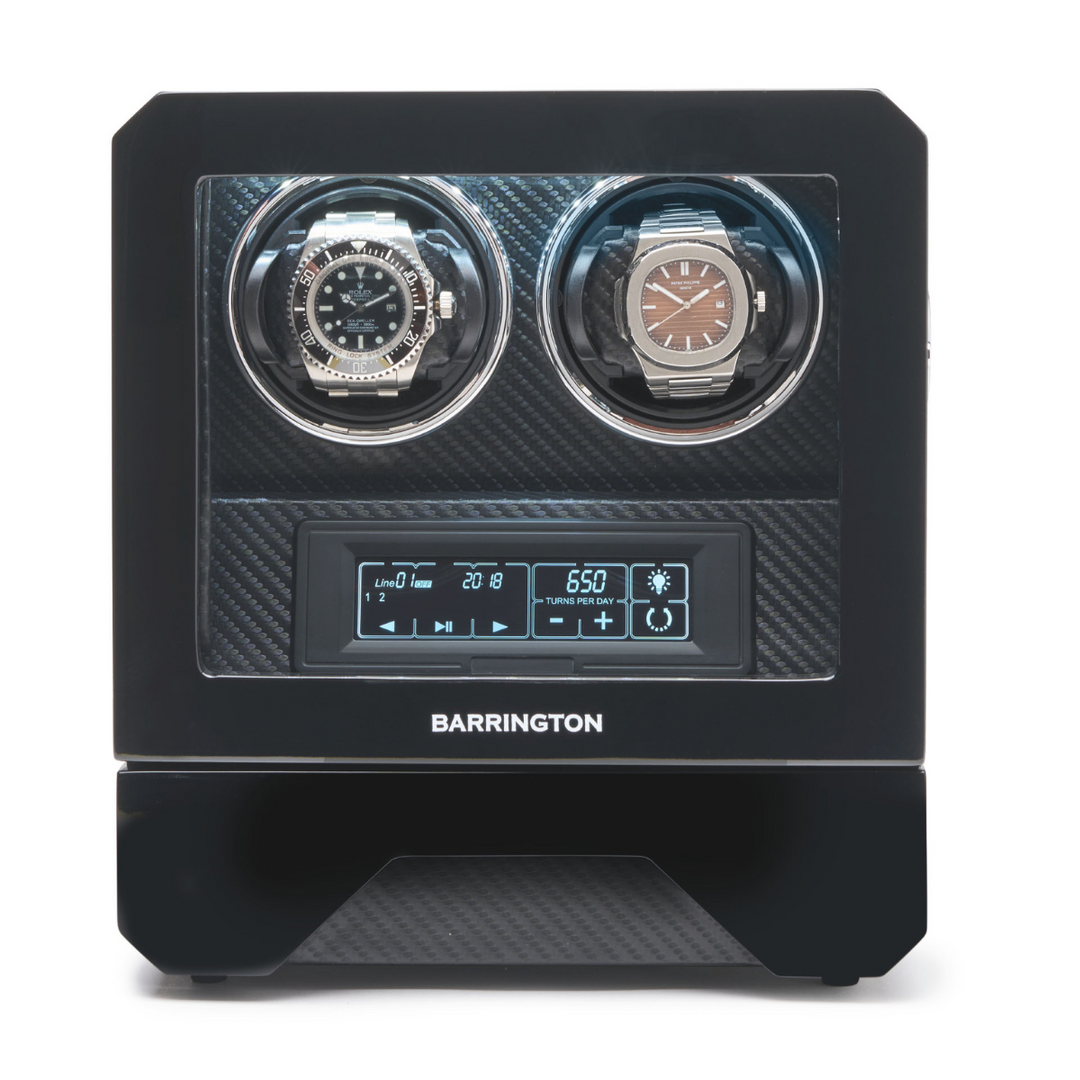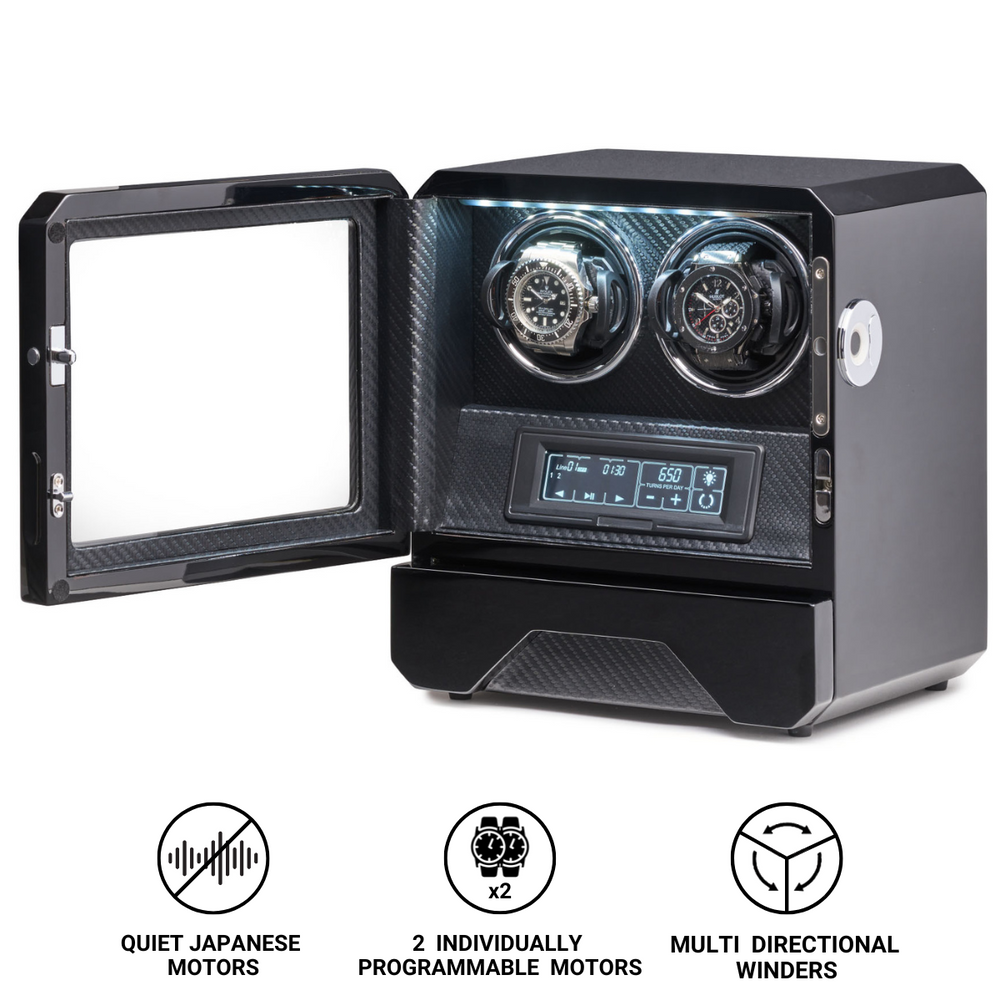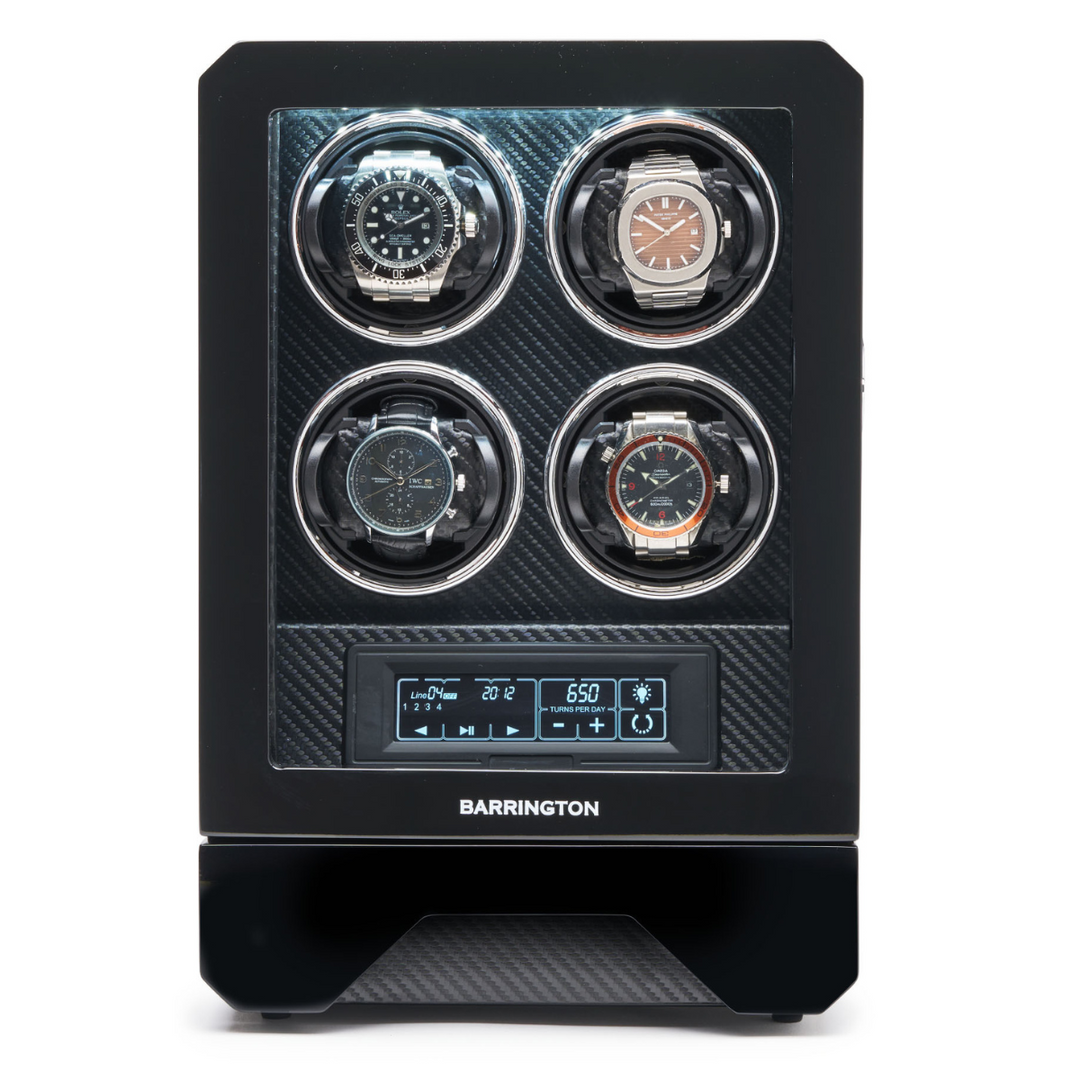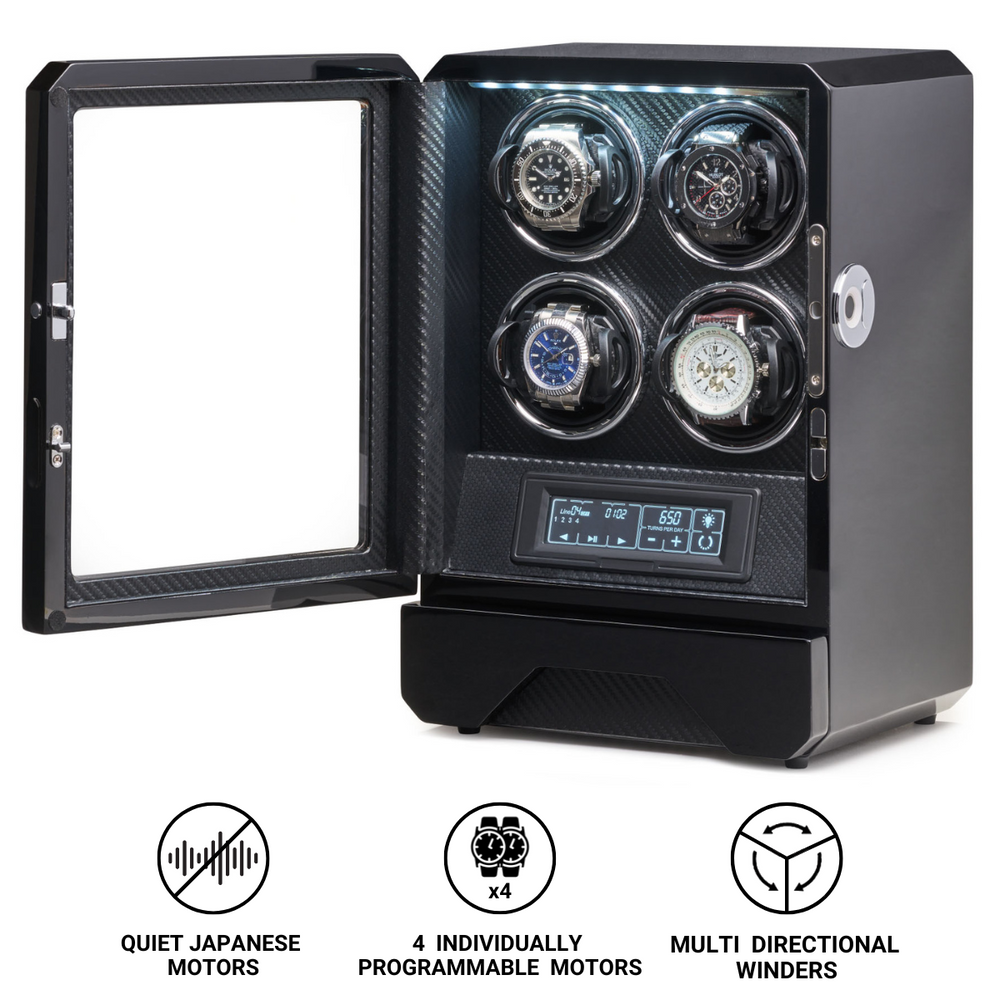What is Geneva Seal?
Among the most respected symbols of quality and craftsmanship in horology, the Geneva Seal stands as a hallmark of authenticity, precision, and heritage. Known in French as the Poinçon de Genève, it is one of the oldest and most prestigious certifications in the watchmaking world. Reserved exclusively for timepieces crafted within the Canton of Geneva, the Geneva Seal guarantees not only the geographic origin of a watch but also the highest standards of technical performance, aesthetic refinement, and artisanal finishing.
To bear the Geneva Seal is to belong to an elite category of watches that embody centuries of Swiss tradition and mechanical artistry. More than a simple mark, it represents a promise of excellence that few manufacturers achieve.
The Origins of the Geneva Seal
The Geneva Seal was established in 1886 by the State of Geneva in collaboration with the Geneva School of Horology. Its creation was motivated by the need to protect the reputation of Geneva’s watchmakers, whose fine craftsmanship had become world-renowned by the nineteenth century. At the time, counterfeit or low-quality watches falsely claiming Geneva origin were becoming increasingly common.
To safeguard the city’s horological integrity, a formal set of standards was introduced. These standards defined the technical and aesthetic criteria that a movement had to meet in order to receive the official hallmark of Geneva. The result was the birth of the Poinçon de Genève, which remains one of the most respected quality seals in the industry to this day.
The law establishing the seal was enacted by the Grand Council of the Republic and Canton of Geneva, making it an official certification regulated by a public authority rather than a private organisation. This distinction continues to lend the Geneva Seal its exceptional credibility and prestige.
The Symbol and Its Meaning
The emblem of the Geneva Seal is the coat of arms of the Canton of Geneva, featuring an eagle and a key. The eagle represents strength and power, while the key symbolises knowledge and precision. When engraved on a movement, this seal signifies that the watch has been manufactured, assembled, and inspected according to the strictest standards of craftsmanship and quality.
Unlike many other marks of excellence, the Geneva Seal applies exclusively to the movement itself rather than to the entire watch. Every component of the calibre must conform to the rules set by the official Geneva Laboratory of Horology and Microengineering (Timelab), the institution responsible for overseeing the certification today.
The Criteria for Certification
The Geneva Seal is awarded only to movements that meet a detailed list of criteria. These standards govern both the technical performance and the aesthetic finish of each component.
For over a century, the seal’s requirements focused primarily on craftsmanship and finishing. However, in 2011, the criteria were expanded to include tests for functional performance, such as accuracy and power reserve. This modernisation ensured that the seal remained relevant in an era of evolving watchmaking technology.
Key aspects of the certification include:
-
Geographical Origin
The movement must be assembled, adjusted, and cased within the Canton of Geneva. This rule preserves the local tradition of craftsmanship and ensures the authenticity of the seal. -
Aesthetic and Technical Finishing
Each component must meet exceptional standards of decoration and polish. Screws, bridges, wheels, and levers are inspected under magnification to ensure perfect beveling, graining, and finishing. No visible machining marks are allowed. -
Performance Tests
Since 2011, the Geneva Seal also guarantees functional excellence. The complete watch must pass tests of accuracy, power reserve, water resistance, and overall reliability. -
Craftsmanship Standards
Movements are evaluated for assembly precision, adjustment of the escapement, and overall mechanical harmony. Every detail must reflect mastery of the horological arts.
Only after passing all these requirements can a movement receive the Geneva Seal engraving, typically placed on one of its bridges or visible surfaces.
The Importance of Finishing
One of the defining aspects of the Geneva Seal is its emphasis on hand-finishing. In the eyes of Geneva’s watchmaking tradition, mechanical perfection must be matched by aesthetic beauty. The movement is treated as a work of art, and every surface, edge, and component is refined to achieve visual harmony.
Decorative techniques include anglage (beveling of edges), perlage (circular graining), straight graining, and polished screw heads. Even components that are invisible once the watch is assembled are finished to the same high standard. This level of craftsmanship distinguishes Geneva Seal-certified watches from industrially produced ones and celebrates the human touch at the heart of fine watchmaking.
The Geneva Seal’s commitment to artisanal detail reinforces the idea that a movement is not only an engine of timekeeping but also an expression of artistry and tradition.
The Evolution of the Geneva Seal
While the Geneva Seal was initially focused on craftsmanship and origin, the twenty-first century brought the need for broader certification standards. As watchmaking technologies advanced, customers began to expect more comprehensive guarantees of quality and precision.
In 2011, Timelab introduced a new set of criteria that expanded the seal’s scope to include full watch performance testing. This change marked a major evolution in the history of the certification. Under the revised system, both the movement and the completed watch must meet strict requirements for accuracy, functionality, and durability.
This reform ensured that the Geneva Seal would remain a relevant standard for modern collectors and manufacturers alike. It now represents not only beauty and origin but also reliability and technical excellence.
The Watchmakers Who Hold the Seal
Over the decades, only a handful of brands have been authorised to use the Geneva Seal, reflecting the exclusivity and difficulty of achieving its standards.
Historically, the seal was most closely associated with Patek Philippe, which proudly engraved it on nearly all its movements for more than a century. However, in 2009, the company replaced the Geneva Seal with its own proprietary certification, the Patek Philippe Seal, which introduced even stricter requirements.
Other prestigious Geneva-based manufacturers continue to uphold the tradition of the Geneva Seal, including Vacheron Constantin, Chopard, and Roger Dubuis. Each of these brands demonstrates a commitment to Geneva’s horological heritage, producing movements that combine artistic beauty with engineering perfection.
For instance, Vacheron Constantin has long championed the seal, using it as a testament to the house’s dedication to craftsmanship. Similarly, Roger Dubuis has built its brand identity around the certification, ensuring that every single movement it produces bears the Geneva Seal.
These examples underline the exclusivity of the mark and its enduring significance as a standard of excellence.
The Testing and Verification Process
The Geneva Seal certification process involves multiple stages of inspection and verification. Every movement submitted for evaluation undergoes an exhaustive review by independent experts at Timelab.
The testing includes:
-
Visual inspection of finishing quality and component decoration.
-
Verification of compliance with design and material standards.
-
Testing of accuracy, amplitude, and stability over time.
-
Examination of the complete watch for water resistance and power reserve.
Only after successfully passing all tests does the movement receive the engraved hallmark. This process ensures that every Geneva Seal watch meets not just aesthetic ideals but also the highest levels of mechanical integrity.
The certification is renewed for each model and production batch, ensuring ongoing compliance with Geneva’s standards rather than a one-time approval.
The Cultural and Symbolic Value of the Geneva Seal
Beyond its technical meaning, the Geneva Seal holds immense cultural importance. It represents the spirit of Geneva itself, a city long considered the cradle of Swiss watchmaking excellence.
For collectors, the presence of the Geneva Seal on a movement is a mark of trust, heritage, and authenticity. It signifies that the watch is not merely a product of engineering but a continuation of a centuries-old artistic tradition.
The seal also reinforces the connection between maker and wearer. To own a Geneva Seal-certified watch is to possess an object that has passed through the hands of master artisans who dedicated countless hours to its perfection. It embodies the ideals of patience, precision, and pride that define fine Swiss horology.
The Geneva Seal and Modern Watchmaking
In an era when automation and mass production dominate many industries, the Geneva Seal remains a beacon of craftsmanship. Its survival and continued relevance demonstrate that there is still value in human expertise and artisanal skill.
The integration of modern performance criteria ensures that the seal is not just a relic of the past but a living standard for the future. It bridges the gap between tradition and innovation, guaranteeing that a Geneva Seal-certified watch is both beautiful and functionally superior.
For luxury watchmakers, achieving the seal is not merely a marketing achievement but a statement of philosophy. It expresses dedication to the principles of precision, transparency, and pride in local craftsmanship.
Conclusion
The Geneva Seal stands as one of the greatest honours in horology. Since 1886, it has represented the pinnacle of craftsmanship, precision, and beauty, preserving the reputation of Geneva as a centre of excellence in watchmaking.
Each watch that bears the seal tells a story of meticulous artistry and uncompromising standards. It carries the legacy of generations of watchmakers who have devoted their lives to perfecting the art of timekeeping.
In a world where luxury is often defined by rarity and authenticity, the Geneva Seal remains the ultimate emblem of true horological mastery. It reminds us that behind every great watch lies not just innovation and design, but also the enduring human pursuit of perfection.


